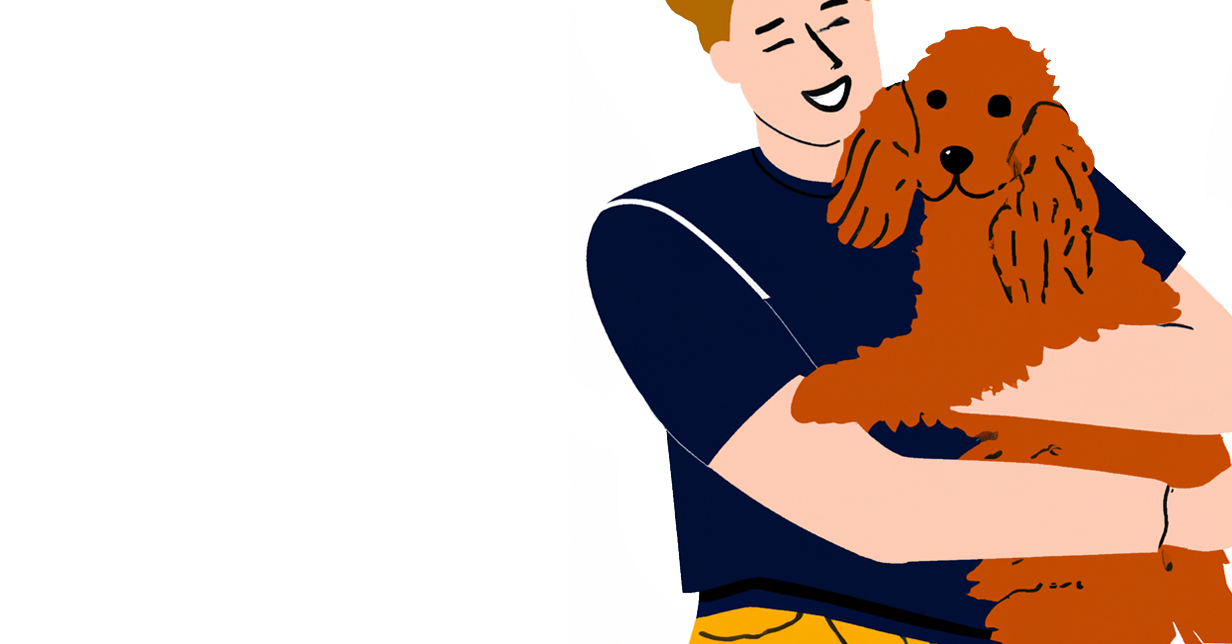
Tired Dog Owners Looking for Solutions to Leash Pulling in Huntsville, AL
Share
Greetings, all you dog enthusiasts out there! So, being an owner of a dog in Huntsville, AL, if you have a problem with a dog who constantly jerks on a leash, you are in the same boat with many people. Leash pulling is one of the many problems that pet owners’ encounter. It transforms what is supposed to be a soothing walk into a dreadful experience.
But do not worry, because there are efficient strategies for this issue, and getting an expert dog trainer can help a lot. It is now time to explore what causes leash pulling, how a dog trainer can assist, and the rewards you and your pet stand to gain from appropriate leash training.
Why Does My Dog Pull on the Leash?
Now that we’ve defined our problem, let’s take a look at why our dogs pull on the leash in the first place.
For starters, dogs are generally explorative and have high energy levels. If they are on a stroll, they want to cover as much ground as they can, and tugging on the leash is their attempt at getting to exciting things and places quicker.
Furthermore, a lot of dogs pull because they have not been trained on how to go for walks on their leash. They have no idea what they are supposed to do during a walk, so don't be surprised if your pet starts to pull the leash.
Next, some dogs have a predator drive or herding instincts so, they tend to pull on the leash whenever they see something exciting like a squirrel or other dogs.
For instance, if a dog sometimes gets what it wants by pulling (for instance, getting to smell something fascinating), it will make pulling pleasurable and it shall repeat the act. Follow this link for more https://moderndogmagazine.com/articles/five-quick-tips-to-stop-your-dog-from-pulling-on-leash/.
Why Turn to a Professional Dog Trainer?
Hiring a professional dog trainer can be a game-changer when it comes to addressing leash pulling. Here’s why enlisting the help of a trainer is so beneficial:
Experience
Professional trainers have the experience and knowledge necessary to figure out the root of your dog’s leash pulling. They're also able to determine your dog’s temper and energy, and what provokes it, and adapt the training considering your dog’s needs.
Positive Reinforcement
Positive methods of training include the use of positive reinforcement, which focuses on encouraging your dog to perform certain behaviors rather than discouraging them by punishing them when they do certain things.
This approach is very effective and also promotes a good relationship between you and the dog. Positive reinforcement involves using good things such as treats, verbal encouragement or toys to encourage your dog during the training session. Read more here.
Consistency and Persistence
Training should be done in a very consistent manner, and professional trainers are always able to ensure that you achieve this. They will help you understand how to interact with your dog so that you both see eye to eye and learn how to correct undesirable behavior. Persistence is another parameter of training, and a trainer can help you remain patient and focused enough to continue your furry friend's training.
Addressing Underlying Issues
Leash pulling can sometimes be a sign of another problem area. An experienced trainer can solve all the possible issues your dog might have, for example, anxiety, fear, or aggression. By addressing these problems, it is possible to make a long-lasting change and make your dog’s life more joyful and fulfilling.
Advantages of Proper Leash Training
Discovering the benefits of leash training for your pup will definitely make your life easier as a pet owner. If you don't have the experience to do this on your own, it's always smart to turn to a professional. Here's why:
Enjoyable Walks
Another advantage of leash training is more pleasant strolls in the park for you and your dog. When your dog has learned how to exercise control while being on the leash, you are both free to enjoy the walks.
Safety
Leash training also increases the level of safety for both the owner and the dog. A dog that pulls in the leash can quickly run into the middle of the road, attack another dog, or even pull its owner off balance leading to further injury. Leash training ensures that your dog moves around only within a certain proximity of you, which decreases the possibility of an incident.
Better Control
A good, trained dog ensures that it responds well in different conditions including walking on the sidewalk, approaching other dogs, or when there are distractions. This control alone puts you at ease because regardless of what comes your way, you’ll have the ability to influence your dog’s behavior.
A Stronger Relationship
It has been noted that special training is a good chance to increase the rapport between you and your dog. In working towards a common goal, you learn to trust each other and, and strengthen the relationship between each other. Your dog will be focused on your presence and automatically feel closer to you as a person.
Less Stress
Leash pulling is not a fun experience to take part in as it is frustrating for both the owner and the dog. While you get all sweaty and annoyed, your dog may get anxious and overly stimulated. This stress can however be eliminated by good leash training, which makes the activity a more enjoyable experience for the two of you.
Finding a Dog Trainer in Huntsville, AL
If you’re ready to tackle your dog’s leash-pulling behavior, finding the right dog trainer is the next step. You can check out Sit Means Sit Huntsville, among other options to find the right pro for your pup!
Start by researching local trainers and reading reviews from other dog owners. Look for trainers with positive feedback and a track record of success in addressing leash-pulling issues.
Ensure the trainer uses positive reinforcement techniques and has relevant qualifications or certifications. Avoid trainers who use harsh or punitive methods.
Many trainers offer initial consultations where you can discuss your dog’s behavior and get a sense of their approach. Use this opportunity to ask questions and ensure you feel comfortable with the trainer’s methods.









